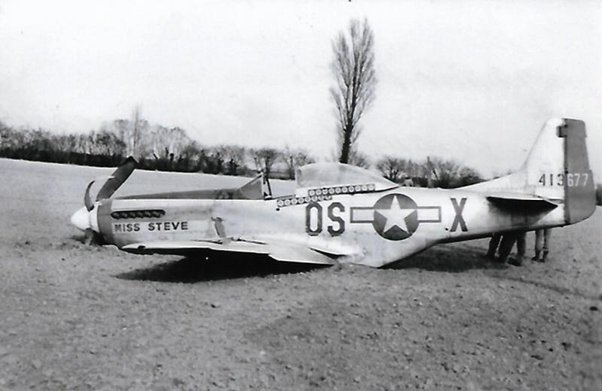The Grumman F6F Hellcat was one of the most successful carrier-based fighters of World War II, credited with destroying over 5,000 enemy aircraft. However, unlike other American fighters such as the P-51 Mustang and P-47 Thunderbolt, the Hellcat was never “cut down” and fitted with a full bubble canopy. Why?
1. Already Excellent Visibility
The F6F’s design already offered very good cockpit visibility for a carrier-based fighter. It had a raised seat position and a large framed canopy that allowed the pilot to see over the nose and to the sides effectively—critical for dogfighting and carrier landings. Unlike early P-51s, which had serious rearward visibility issues, the Hellcat didn’t demand a drastic canopy redesign.
2. Proven, Rugged Design
Grumman was known for producing tough, reliable aircraft, and the Hellcat’s high-backed fuselage gave it structural strength that was valuable for carrier operations. Re-engineering it to accommodate a bubble canopy would have required cutting down the spine of the fuselage, weakening the structure and introducing design and production delays—not ideal during wartime.
3. Timing and Replacement
By the time bubble canopies became widely adopted (1944–45), the F6F was already nearing the end of its development cycle. The U.S. Navy was shifting toward newer aircraft like the F4U Corsair and F8F Bearcat, both of which featured improved visibility and performance. Redesigning the Hellcat for a bubble canopy simply wasn’t necessary or cost-effective.
In short, the F6F Hellcat didn't get a bubble canopy because it didn’t need one. Its visibility, durability, and performance already made it a formidable warplane—and a favorite among Navy pilots.
